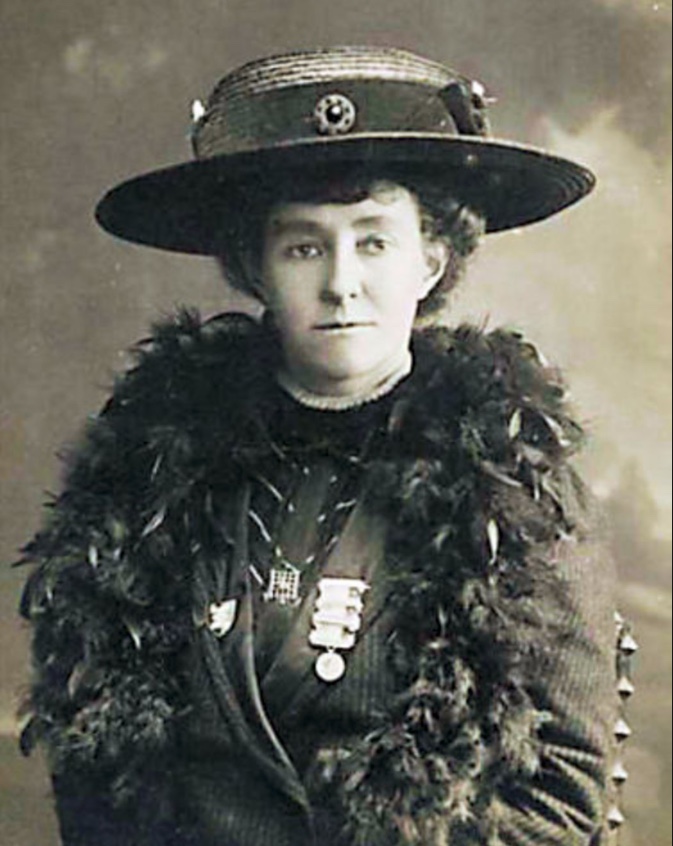'Someone asked if my uterus would fall out ski jumping.'
/Lindsey Van, U.S. Ski Jumper who cannot compete in the Winter Games; she's a woman ski jumper.
The Winter Olympics are underway. Even more than the Summer Games, sports played on ice and snow turn out to be male dominated. Women have fought for recognition since the first Winter Olympics in 1924; in those games, women were confined to figure skating events and represented just 4.3 percent of participants.
By 2014, women comprised 40.3 percent of competitors overall. Yes, change is happening, albeit gradually.
So let's start by exploring how women were only recently allowed to compete in ski jumping at the Olympic Games – in 2014, and still aren't permitted to compete in Nordic Combined – ski jumping + cross-country.
“‘Someone asked if my uterus would fall out ski jumping,’ said ski jumper Lindsey Van. ‘People asked me that. I’m serious. Sometimes I thought, ‘I don’t even know how to answer your stupid question.’”
In the 2022 games, they will compete in Nordic Combined, according to this story – "The Winter Olympics: Where Women Are Slowly Gaining Ground" – since the men who run Nordic sports told women they'd have to wait. Something about what's involved in adding a "new" sport, though, of course, this isn't a new sport, just a new gender doing it. All of the excuses, Lindsey Van, who holds the record for longest jump by male and female competitors, isn't buying. After all, she's gone to court to try to be allowed to compete.
“Ski jumper Lindsey Van, who holds the record for the longest jump among both male and female competitors, says the men’s arguments make no sense – not least because women already have their own international championships and ‘meet all the technical requirements.’”
Last weekend, The New York Times magazine featured women and ski jumping in this story – "Once Prohibited, Women’s Ski Jumping Is Set to Take Flight."
“Other turn-of-the-century objections were pseudoscientific, often focused on the uterus. Amazingly, these lasted through the turn of our century. By 2005, men had been ski jumping in the Olympics for 81 years, but the International Olympic Committee still refused to sanction a women’s event. That year, the president of the International Ski Federation explained to NPR that the sport “seems not to be appropriate for ladies from a medical point of view” — to which the American ski jumper Lindsey Van artfully responded, ‘I kind of want to vomit.’ Van found herself burdened with explaining that for her, unlike for all those ski-jumping men, ‘my baby-making organs are on the inside.’”
Next up – the bobsled. The four-man sled had its first runs at the first Winter Olympic Games in 1924; the two-man version eight years later. Women weren't allowed to compete for another 70 years, in 2002, with the two-woman sled. In these Olympics, Jamaica and Nigeria will have female bobsledders competing. The women representing Nigeria, all raised in the U.S., will mark another first – until now, no African country has sent bobsledders of either gender to compete in the Winter Olympics.
Nigerian Women's Bobsled team members.
in their "Compete Like a Woman" newsletter, Ambassador Melanne Verveer and Kim Azzarelli, co-authors of the best-selling book Fast Forward: How Women Can Achieve Power and Purpose, give all sorts of reasons why girls ought to be involved in sports – from an early age. Leadership skills. Confidence. Empowerment. A sense of knowing they can do what they never thought they could.
And so the world will know that uteruses don't fall from the sky when women ski jump.









![My Sports Illustrated co-workers at our annual [Walter] "Bingham Bowl." We worked and played sports together, but when it came to the paychecks we received for the jobs we did I'm pretty sure the women, including me, were paid less than the guys. An…](https://images.squarespace-cdn.com/content/v1/5a5782bf8c56a8ca76a395df/1517843164233-W5Q6IPYS94IZ51UABCBK/Sports+Illustrated+Staff+Photo+1974.jpg)





